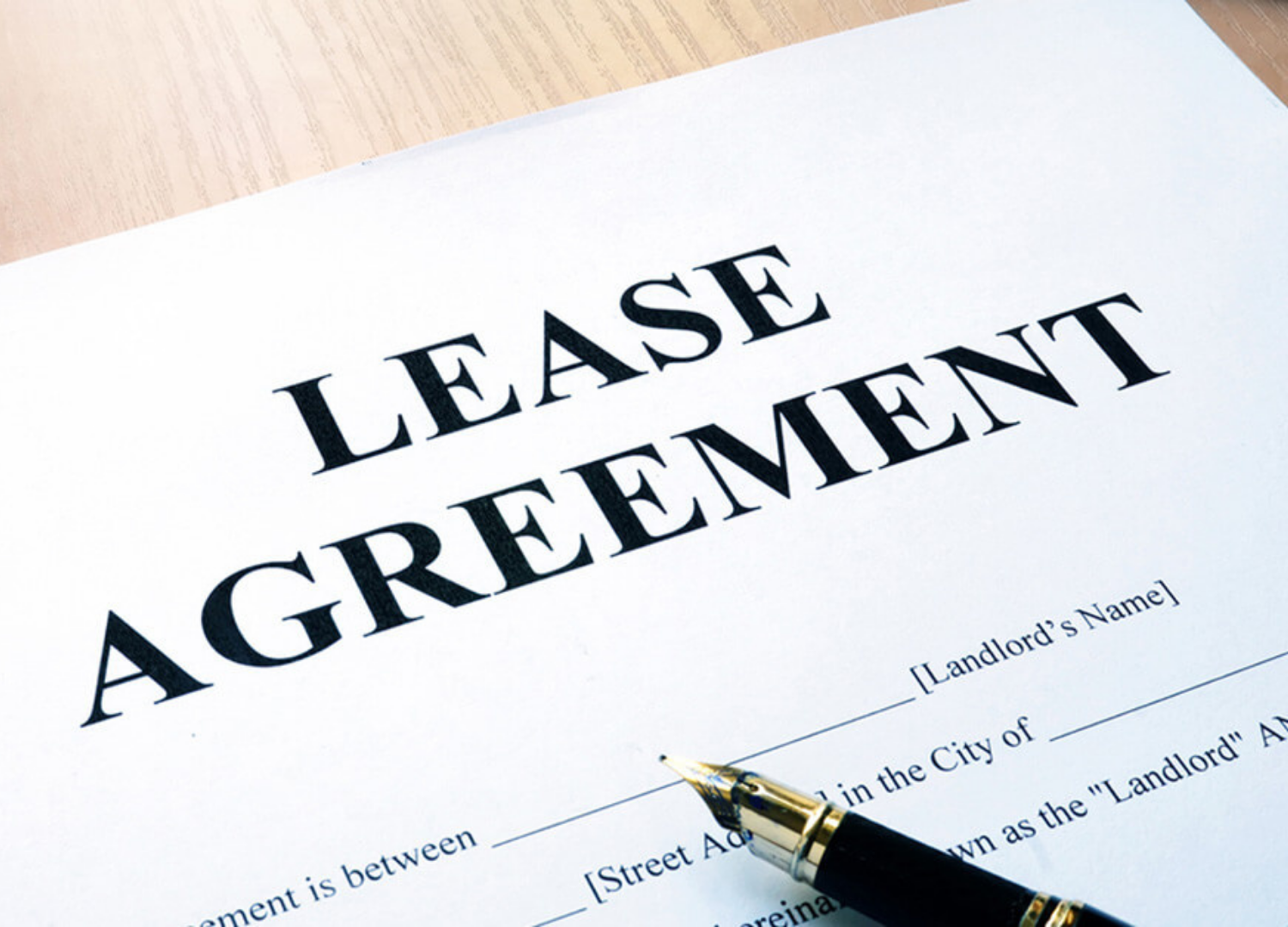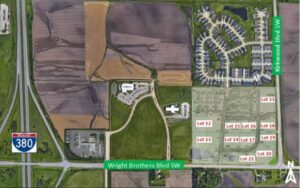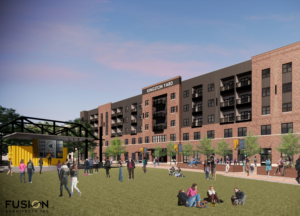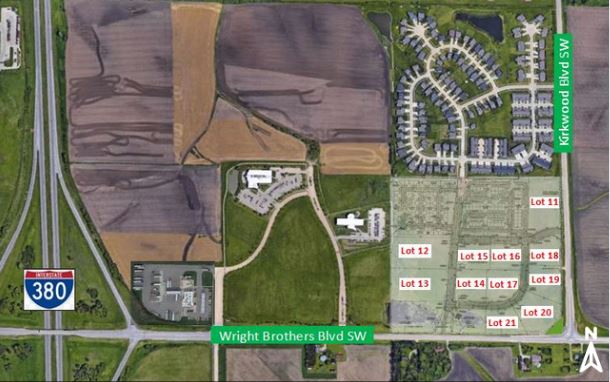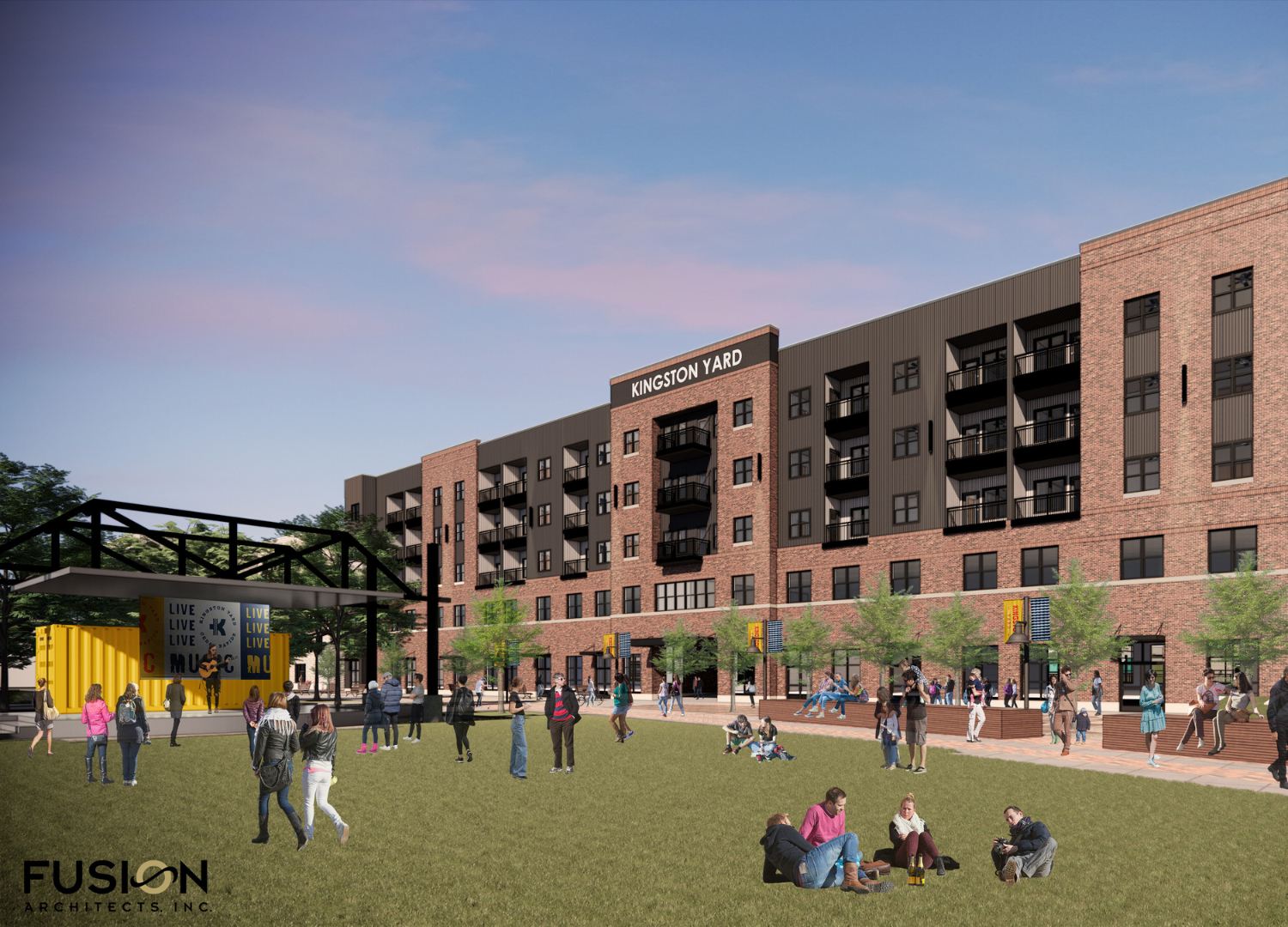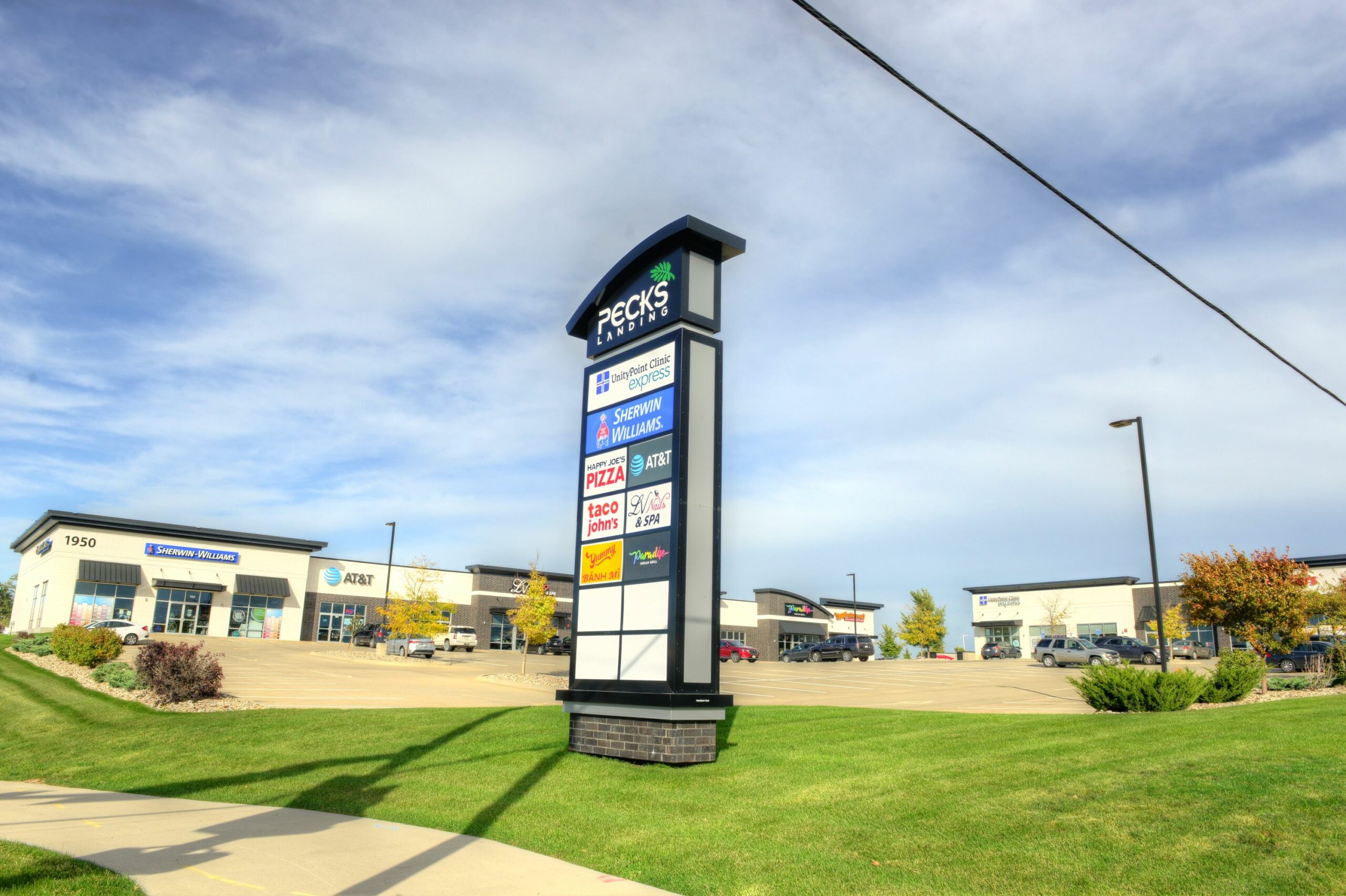Commercial Real Estate lease agreements can be challenging to navigate because they are often lengthy documents filled with legal terminology and important clauses describing the terms and conditions that must be satisfied for a potential tenant to lease a property from a landlord at a set rental payment agreed to by both parties. It is very important for investors to understand key clauses so they can review the lease agreement thoroughly and compare risk vs return potential of the property before signing the agreement. This article will not cover all terms and conditions that may be contained in a lease agreement, but it will provide an overview of several key clauses with the goal of increasing understanding for the investor to work alongside their broker during the review and negotiation process.
Leased Premises
Leased Premises identifies the specific suite, space, or unit the tenant has the right to occupy under the terms of the lease agreement and any common areas shared by all tenants such as main lobby and parking lot. Other descriptors included under Leased Premises are the square feet of the space, the address and/or legal description of the property.
Lease Term
In exchange for the right to occupy the space, the tenant is required to pay rent for a defined length of time known as the lease term. This section of the lease contains the start date or commencement date whereby the tenant will begin paying rent which is generally scheduled on a monthly reoccurring basis until the end date is reached. Sample wording that may be contained in the lease agreement: “The initial term of the lease shall be for a period of five (5) years commencing on November 1, 2021.”
Additional components of Lease Term are options for extending the lease and the deadline for the tenant to exercise their options. Sample wording that may be contained in the lease agreement: “Landlord hereby grants to the tenant the option to extend this lease for two (2) additional five (5) year periods upon the same conditions and terms that were in effect during the original term except as noted hereafter.” “Written notice of the exercise of each option must be received by the landlord no later than one hundred twenty (120) days prior to termination of the preceding term.”
Base Rent
Base rent is rent the tenant is required to pay beginning on the date specified in the lease agreement, often the lease commencement date or opening date. This is where the amount of the base rent is defined along with the method and frequency of the payment. The Base Rent section may also identify whether or not a security deposit is required, if the base rent will be adjusted, and how often an increase will occur. Base rent is a portion of total effective rent in a NNN lease.
Lease Structure
Under Lease Structure, the type of lease is defined. For example, if the lease is a Triple Net (NNN) or Net Lease, the tenant is most likely responsible for paying some of all of the property’s operating expenses known as Common Area Maintenance (CAM) expenses, as well as a share of real estate taxes and insurance If the lease is a Gross Lease, the rent may already include additional expenses for their proportional share of maintenance costs for the entire building.
Use of Premises
Use of Premises includes language describing the operations the tenant is permitted to conduct in the leased premises. This section also defines tenant and landlord responsibilities to pay for and obtain all permits, licenses and certifications required to conduct business.
Default and Right to Cure Defaults
Default and Right to Cure Defaults may be contained within the same section or they may be separate sections within the lease agreement. The default sections define the consequences of violating the terms of the lease agreement which is a legal document. Language will detail the type of event(s) classified as defaults and what happens when they occur. A default may occur for any number of reasons such as a tenant failing to pay a certain number of lease payments, a tenant operating a business that is not permitted under the Use of Premises section, or failure to maintain the lease space adequately. The consequences of a default event can vary in severity. For example, in a minor event, the tenant could be assessed late fees or interest charges and given a deadline to remedy the default. In the event the tenant fails to cure the default, the consequences could escalate and the tenant may become subject to eviction.
Tenant Improvement Allowance
Depending on the type of business, a tenant may have certain specifications to operate under their brand name. This could require modifications to the layout of the space and the type of furnishings and equipment they can use. In these circumstances, the landlord may choose to offer the tenant an incentive to sign the lease by including a tenant improvement allowance (TI). TI allowance is commonly stated in the lease agreement as an amount per square foot including when it will be paid.
Transfer of Leasehold Interest
Transfer of Leasehold Interest identifies the rights of the tenant to assign, transfer, mortgage, sublease or pledge the lease agreement or any renewal or extension to another party. This section will also outline the conditions the tenant must meet such as requesting written consent of the landlord for approval of the assignment, transfer, mortgage, sublease or pledge.
Understanding tenant rights and obligations under a commercial lease agreement can be very overwhelming for many investors looking for commercial real estate property for their business. This is a great opportunity to partner with a knowledgeable commercial real estate broker who can use their expertise in the market to assist in reviewing and negotiating terms of the legal documents to secure the best deal for their client.
When you are ready to invest in commercial real estate, contact the experts at Q4 Commercial Real Estate to explore the opportunities that await you. Call Craig Byers or Jason Rogers today at 319-294-3339.
To view available commercial real estate properties in the Cedar Rapids/Iowa City Metro area visit our properties page here.
For more helpful information read all of our blog posts here. Start off with this blog post titled: Information to Have available when Calling a Commercial Real Estate Broker.

